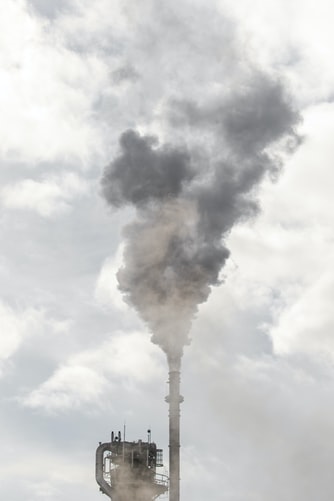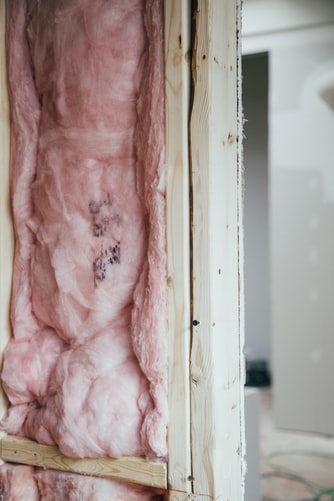B&W also has a long history of being sued for negligence, as evidence shows that the company knew of the dangers to employees but did not inform workers of the risks. Faced with decades worth of litigation, and unable to financially afford the costs of paying off any more settlements for personal injuries, the company joined the ranks of many similar businesses that filed bankruptcy to reduce company expenses.1
Evidence of Harm
Evidence shows that the company knew of the risks to employees since at least the 1970s but did not warn employees. A report by EcoWatch linked to a memorandum from 1978 from a B&W executive proves that the company knew they were in violation of the Occupational Safety and Health Administration standards, which were safety regulations made by the government to limit workers’ potentially deadly exposure to asbestos fibers.

This memo states that although the company hadn’t received a citation by OSHA, there was a good chance that OSHA was not aware that the company was exposing workers to “carcinogens such as asbestos, iron powder, silica flour, and others,” and that the situation was to be “handled as discreetly as possible.” The memo continued on to state that no one present in the internal safety meeting regarding this issue wants “warning signs posted at this time,” presumably to keep employees in the dark that they were being exposed to carcinogens.2

Lawsuits and Bankruptcy
Like many manufacturers and distributors that faced costly asbestos litigation, Babcock and Wilcox chose to file for Chapter 11 bankruptcy, and a trust fund was set up specifically to pay asbestos-related claims. According to the Electric Light & Power magazine in 2000, B&W’s CEO stated that the company had historically paid off asbestos claims out of court for almost twenty years prior to the bankruptcy filing. However, an increase in settlement demands forced the company to file for reorganization.3
Babcock & Wilcox Asbestos Personal Injury Settlement Trust
According to the company’s Asbestosis Personal Injury Settlement Trust Distribution Procedures that were filed with the bankruptcy plan in 2005, mesothelioma victims who could prove they were exposed to asbestos at B&W would receive a minimum of $90,000 and a maximum of $400,000 for their claims.

Lung Cancer victims could receive $35,000 if certain conditions were met, such as that they worked at B&W for at least six months, but could receive up to $150,000 under the most severe circumstances.4
Mesothelioma can take years to develop and is often asymptomatic until the damage is irreversible. Once inhaled, asbestos fibers make their way into the lung lining and can take decades to cause cancer. Many workers who weren’t warned about the dangers often bring the fibers and dust home to their families via their clothing.

A myriad of lawsuits have been filed over the years because wives who washed their husbands’ uniforms died of mesothelioma due to secondhand exposure. By the time they are diagnosed, these types of cancers most often cannot be cured and quickly lead to death.

 Rae Steinbach
Rae Steinbach
 Lauren Weinand
Lauren Weinand